Are the once-shiny metal legs of your table starting to show signs of wear in the form of rust patches, chipping paint, or just looking a bit sad and weathered?
This can be disheartening, but it's not the end of the road. There's hope, and it lies in the art of restoration. We’ll show you how to restore metal table legs to breathe fresh life into your legs and have them looking good as new!
Just remember, though - all good things do come to an end eventually. Should you find your legs are beyond saving, don't worry. The Hairpin Leg Co. also offers a top-notch selection of metal table legs, ensuring your table gets the fresh start it deserves.
Why Restore Metal Table Legs?
Now, why take the time to learn how to restore metal table legs and actually go through the work of doing so when the best metal table legs are just a click away at The Hairpin Leg Co.? There are three reasons this is a fun, fulfilling project worth taking on:
- Preserving Historical Value: Older tables often carry a piece of history. Restoring their metal legs keeps the story alive, allowing the furniture to maintain its original character and charm, which is especially important for heirloom or antique pieces.
- Environmental Benefits of Reusing Materials: Choosing to restore rather than replace is a greener option. It reduces waste and the need for new resources, contributing to a more sustainable approach to furniture use and upkeep.
- Cost-Effectiveness Compared to Replacing: Restoration can be more economical than purchasing new table legs. With the right tools and techniques, you can refresh your table legs at a fraction of the cost of buying new ones, especially if they are of a unique or high-quality design.
These factors make restoring metal table legs not just a practical decision, but also one that is environmentally conscious and cost-effective, adding value and longevity to your furniture. So, let’s talk about restoring metal table legs below to help you get started!
How to Restore Metal Table Legs: Step-by-Step Guide
Restoring metal table legs is a rewarding project that extends the life of your furniture and enhances its appearance. This comprehensive guide outlines the key steps in the restoration process:
Assessing the Condition
First things first, figure out exactly what you’re up against. Are you simply removing a bit of rust, or is there structural damage on the legs that requires a more professional touch?
Check for loose joints, bends, or breaks that could affect stability. This initial step is all about determining if the legs are even worth attempting to restore or if you’re better off cutting your losses and starting from scratch.
Removing Legs From the Table
Before you can start the restoration process it’s best to get the legs detached from the table. This makes it easier to actually work on the legs. Here’s a quick overview of removing table legs safely:
- Safety First: Ensure the table is on a stable, flat surface. It might be helpful to have someone assist you to hold the table steady.
- Locate the Fixings: Identify how the legs are attached. Common fixings include screws, bolts, or brackets.
- Use Appropriate Tools: Depending on the fixing type, you'll need a screwdriver, wrench, or pliers. Carefully remove each fixing, keeping them safe for later reattachment.
- Gentle Removal: Once all fixings are removed, gently detach the legs. If they're stuck, gently tap them with a rubber mallet to loosen the joint.
- Organise Components: Keep all screws, bolts, and any other components organised. This helps ensure an easy reassembly process.
Don’t worry, we’ll walk you through how to attach table legs again after we’ve completed the restoration process. For now, we need to start cleaning and removing rust from the legs.
Cleaning and Removing Rust
We recommend starting with a combination of WD40 and a green scouring pad to effectively tackle rust on metal table legs. Begin by applying WD40 generously to the affected areas and gently scrubbing with the scouring pad to remove loose rust and flaking paint.
A wire brush can be utilized for larger areas of stubborn rust, or sandpaper for more targeted spots. Wipe off any excess WD40 with a dry cloth afterword to prepare the surface for further treatment.
In cases of severe rust, consider using a chemical rust remover. Use according to the manufacturer's instructions.
Repairing Structural Damage
As we discuss in our guide on how to fix hairpin legs, only certain types of damage can be repaired on table legs. For breaks or significant structural damage, welding may be required. This should be done by a professional if you're not experienced in welding.
Again, we recently wrote about how to make hairpin legs without welding and talked about how welding is not something anyone can do on a whim.
Refinishing and Coating
Refinishing metal table legs is essential for maintaining their appearance and durability.
Begin by applying an acid etch spray primer to all surfaces, which creates a strong bond with the metal and inhibits rust formation. Once the primer has dried, apply a single part (1k) automotive spray paint as a topcoat for a professional finish.
Consider applying a clear lacquer as a final layer for extra protection. While not necessary, it provides an extra level of durability against scratches and wear, ensuring your table legs remain in top condition for years to come.
Reattaching the Legs
There you have it - how to restore metal table legs! Now, it’s time to get your legs back on the table. We have a guide covering the best way to connect table legs, but here’s a quick overview of the process:
- Preparation: After restoration, ensure the legs and table's attachment points are clean and free from any debris.
- Align the Legs: Carefully align the legs back to their original position. It's crucial they're correctly positioned to maintain the table's stability.
- Secure the Fixings: Reattach each leg using the original fixings. It's important to tighten them securely but avoid over-tightening which could strip the threads or damage the wood.
- Double Check Stability: Once all legs are attached, gently test the table for stability. Make any necessary adjustments to ensure the table is level and secure.
Maintaining the Legs to Preserve Your Work
Regular maintenance is key to preserving the restored legs. Clean the legs periodically with a soft, damp cloth and mild detergent. Avoid harsh chemicals or abrasive cleaners that could damage the finish.
In the case of outdoor table legs, consider reapplying a protective coat annually to combat weathering and wear. Regular inspections for any signs of rust or damage can help address issues before they become significant problems, ensuring the longevity of your restored table legs.
Signs Your Metal Table Legs Are Beyond Restoration
While the concept of restoring metal table legs to save money and be sustainable is compelling, it's crucial to recognise when they are beyond saving. In some cases, you’re better off saving the time and trouble and starting fresh with new furniture legs from The Hairpin Leg Co.
Irreparable Structural Damage
If the legs have severe structural deformities that can't be corrected by welding, they might be beyond repair. The welding or joints of metal legs can deteriorate, leading to irreparable weakness over time.
Moreover, you must consider the extent of corrosion. While surface rust can often be removed easily, corrosion that has penetrated deeply into the metal may have compromised the structural integrity of the legs.
Pitting or erosion is a sign that the metal has been significantly weakened and may not support weight safely. This can lead to an array of issues, such as wobbliness or instability. Continuing to use them could be a hazard at this point.
Further to that point, corrosion or damage can leave sharp edges that pose a risk of injury. Plus, you need to think about whether this is even worth your time and effort in the first place…
Weighing Your Time and Energy vs the Cost of Replacement
In some cases, restoring metal table legs is a fun way to spend a few hours of your free time. In others, it can be a time consuming process that leaves you frustrated and drained. If the effort outweighs the cost of new legs, replacement might be more economical.
There’s also the consideration of investing in tools and supplies for metal table legs restoration. The cost of restoration materials and tools can add up. Compare this with the price of new, high-quality legs.
Find New Table Legs for a Fresh Start at The Hairpin Leg Co.
While we hope you can put these tips on how to restore metal table legs into practice, it’s important to recognise that restoration is not always possible.
If you discover that restoring metal table legs is simply not a viable approach to refreshing your furniture, don’t sweat it. The best table leg designs await you at The Hairpin Leg Co.!
Our dedication to quality, variety, and customer satisfaction sets us apart. Here’s what you can expect when shopping with us:
- Quality Materials: Our table legs are made from high-grade steel, ensuring strength and longevity. This material choice reflects our commitment to offering products that are not only stylish but also durable and reliable.
- Wide Range of Styles: We understand the importance of design in furniture making. That's why we offer a variety of leg styles, from classic hairpin legs to more contemporary designs like trapezium table legs. This variety ensures that no matter your project or design preference, you'll find the perfect fit with us.
- Customisation Options: We cater to unique design needs. Our wide variety of colour options allow you to personalise your selection, ensuring your table legs align perfectly with your design vision.
- Customer-Focused Service: Our team is passionate about furniture design and dedicated to helping you find the right product for your needs. Whether you’re a seasoned DIY enthusiast or a professional craftsman, we provide the support and advice you need.
Still on the fence? You also get free shipping on orders over £50, a five-year warranty, and a 60-day satisfaction guarantee.
So, take a look around and see what catches your eye. From industrial table legs to our more classic round table legs or single pin table legs, the possibilities are endless. We also have wooden table legs!
You can even filter your search based on the type of table you’re looking for legs for. We have dining table legs, coffee table legs, bar table legs, console table legs, and more.
Wrapping Up Our Guide on How to Restore Metal Table Legs
Learning how to restore metal table legs can rejuvenate your furniture, preserving its historical value, environmental sustainability, and cost-effectiveness. The process involves careful assessment, rust removal, structural repairs, and a fresh coat of paint or sealant.
However, when restoration isn't feasible due to extensive damage, The Hairpin Leg Co. offers a diverse range of stylish and sturdy replacement options.
We’ve earned the trust of thousands of makers and DIYers since opening our business in 2013. You’ll see what keeps them coming back for more after you get your new legs delivered!
Want more insights on table legs and furniture legs in general? We have articles like how to raise a bed without legs, how to protect wood floors from furniture legs, the different types of cabinet legs, how to protect carpet from furniture legs, how to shorten bar stool legs, how to add legs to a cabinet, how many legs does a stool have, how tall are desk legs, what are hairpin legs, and more.
If you’re ready to give your table a fresh start, browse the best metal table legs the UK has to offer at The Hairpin Leg Co. today. Invest in table legs that are not only aesthetically pleasing but durable for years to come!


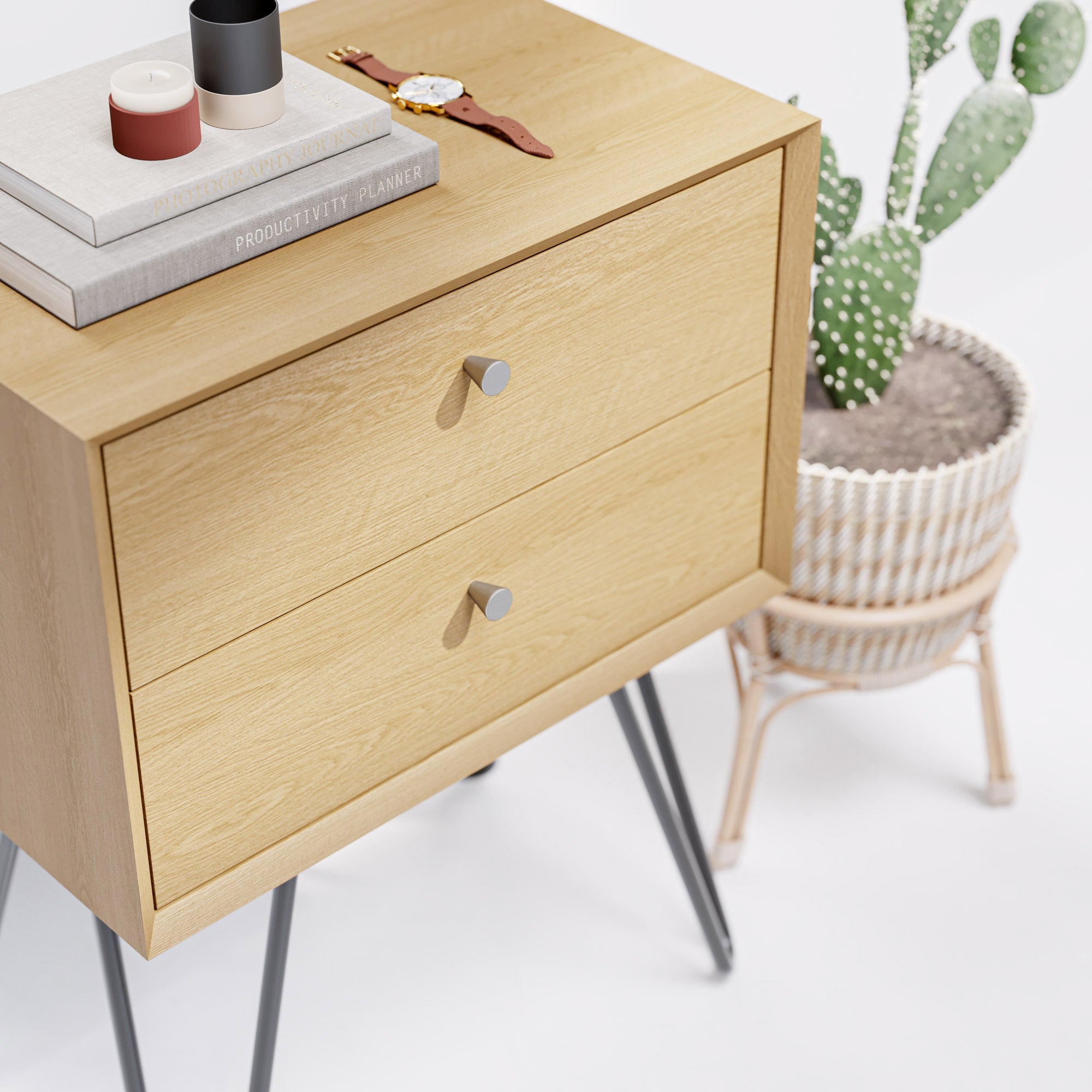
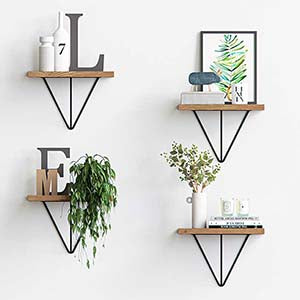
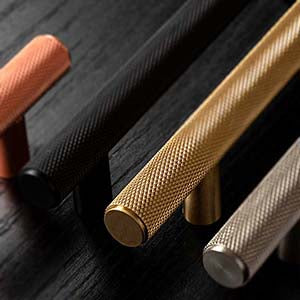
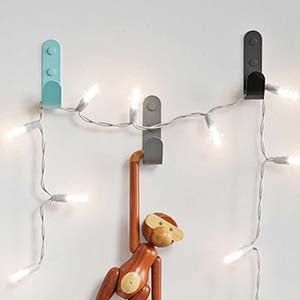
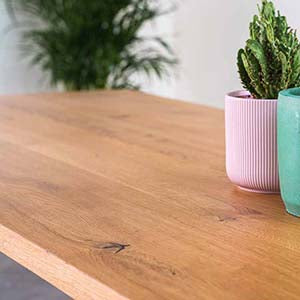
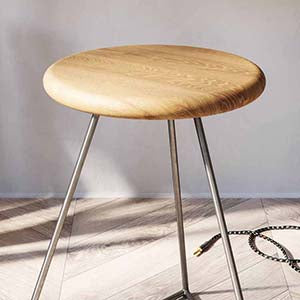
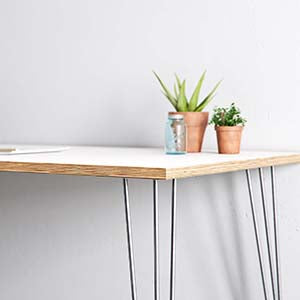
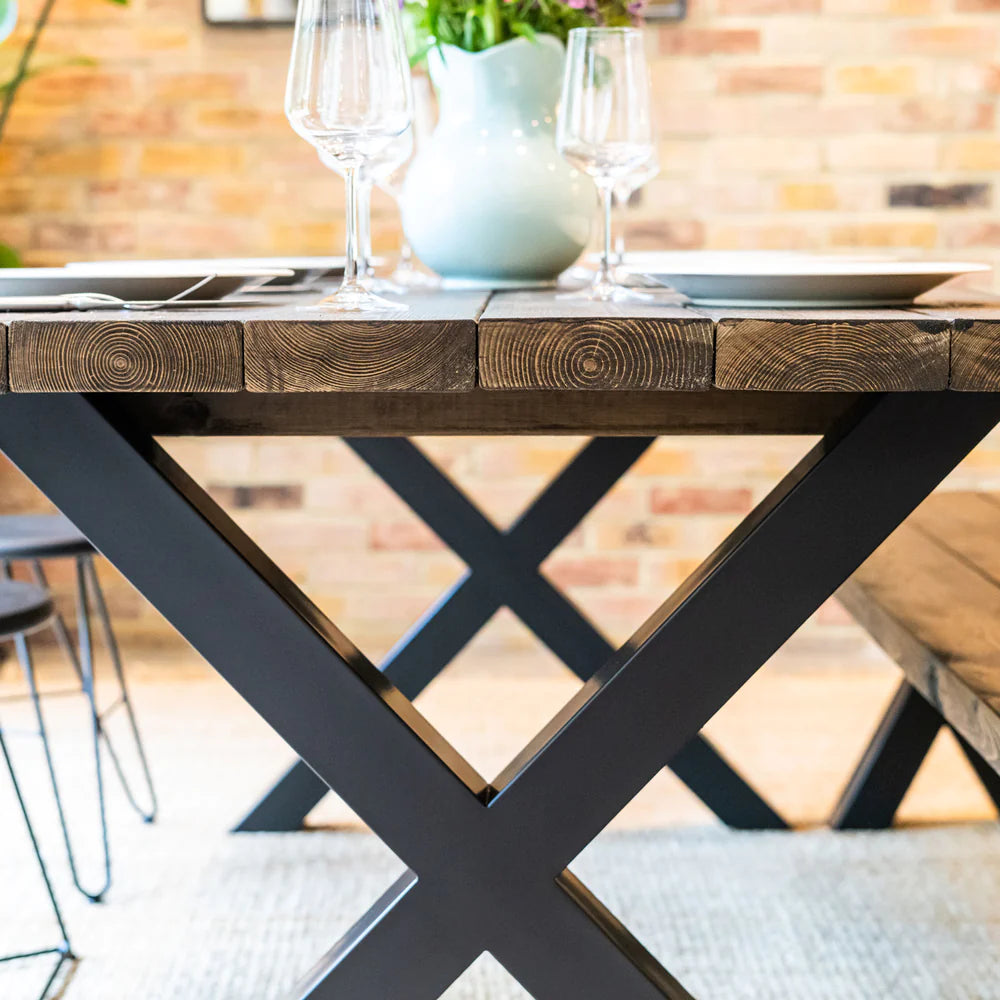
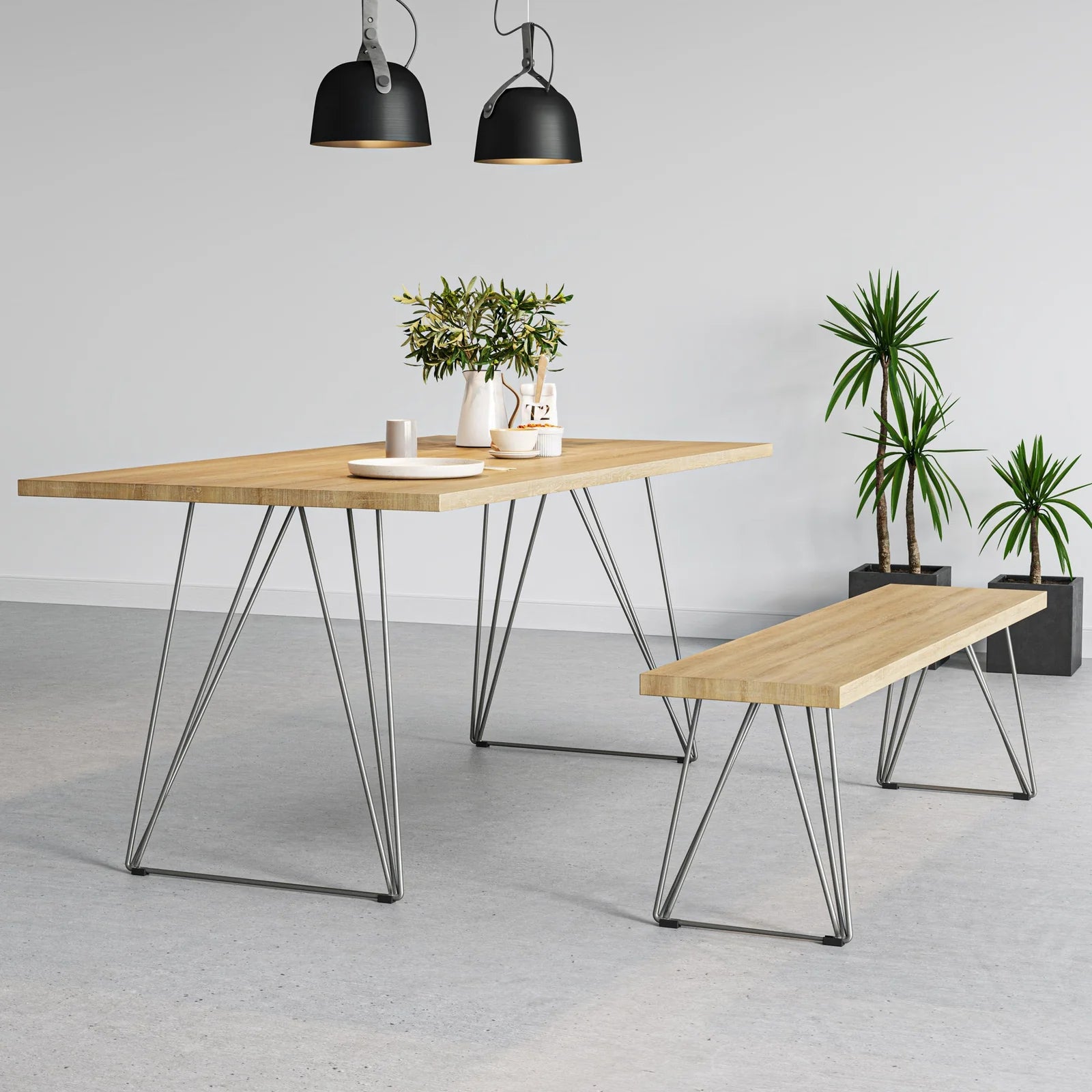

Leave a comment
This site is protected by hCaptcha and the hCaptcha Privacy Policy and Terms of Service apply.